MIT, Scripps study examines behavior of midwater sediment plumes from deep-sea nodule mining
Green Car Congress
JULY 28, 2021
A region of the central Pacific—the Clarion Clipperton Fracture Zone (CCFZ)—is estimated to contain vast reserves of polymetallic nodules that are rich in nickel and cobalt—minerals that are commonly mined on land for the production of lithium-ion batteries in electric vehicles, laptops, and mobile phones. earlier post ).

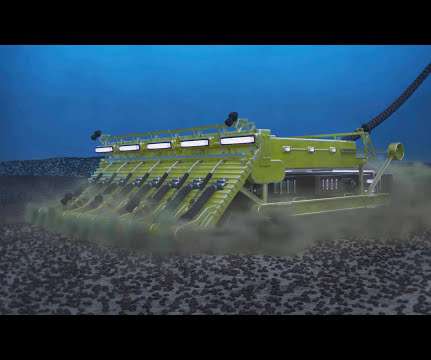













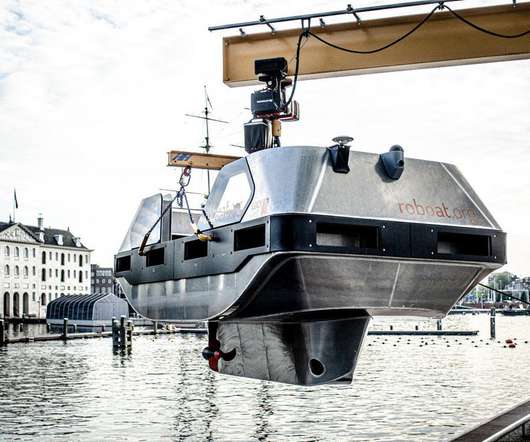

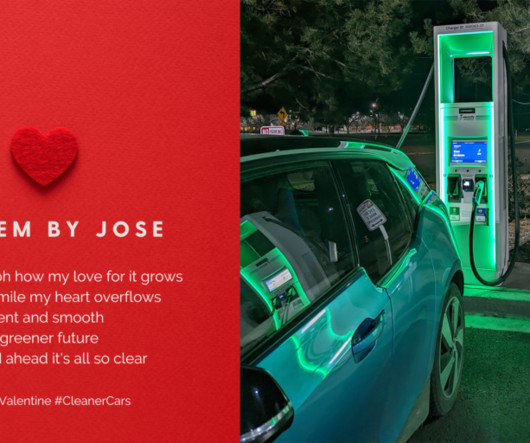



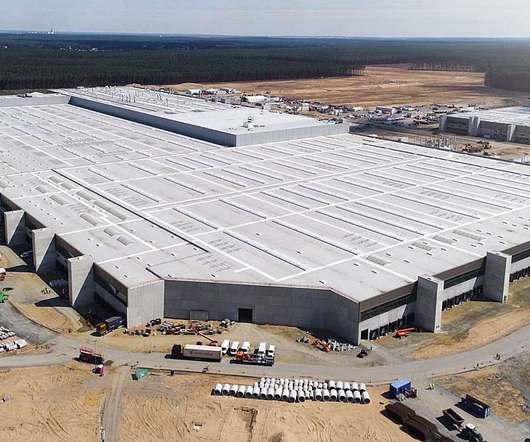



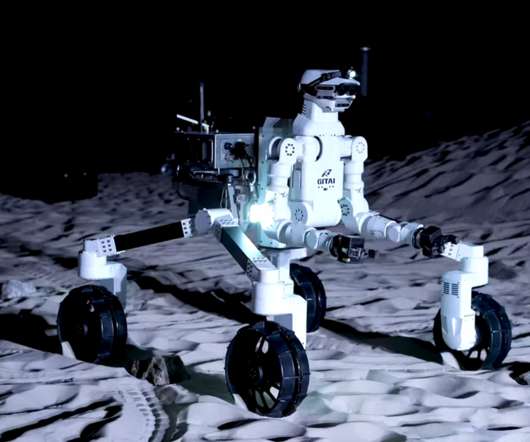

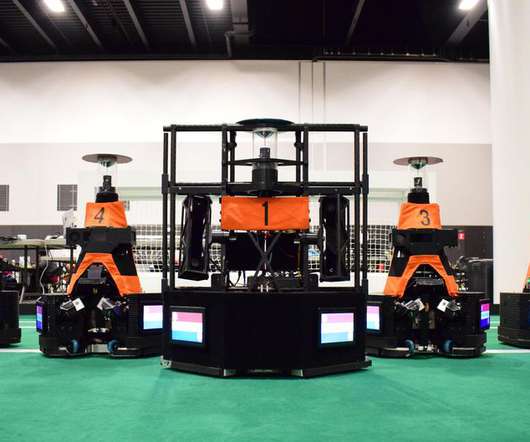
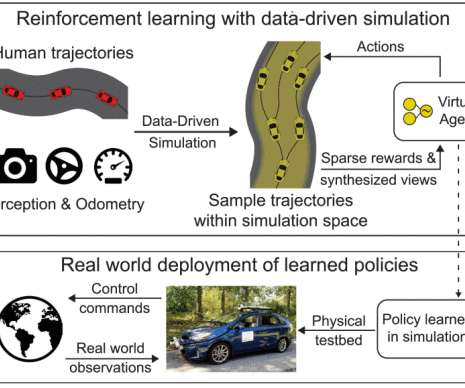
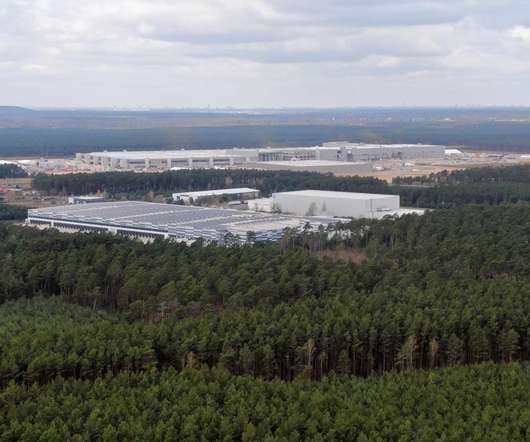
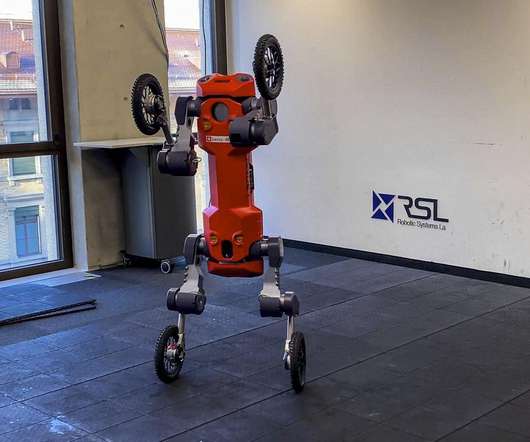


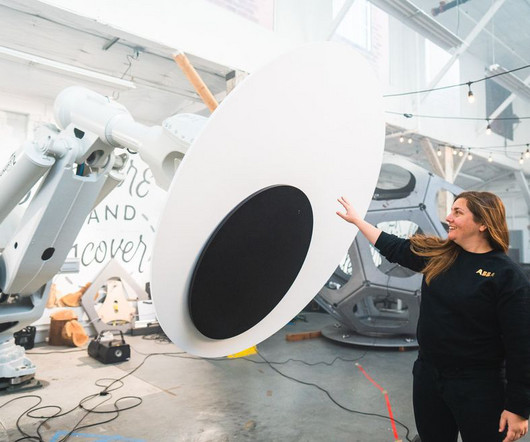







Let's personalize your content